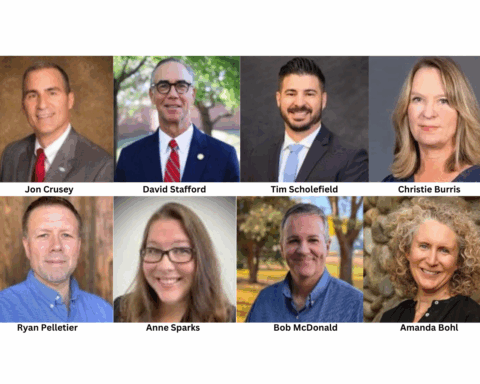Variable speed limits (VSLs) have been shown to reduce crashes on freeways, in some cases by more than half, according to recently released data from the state of Ohio and the Federal Highway Administration (FHWA).
Traditional speed limits consider traffic volume, operating speeds, road features and crash history. They are based on standardized data despite the fact road conditions can change quickly. VSLs can account for those changes in real time, lowering speed limits incrementally for road congestion, work zones, inclement weather and accidents.
VSL’s are one of several proven safety counter measures a collection of 28 strategies that can reduce serious and fatal crashes. Other VSL include bicycle lanes, medias and pedestrian refuge islands, rumble stripes and roundabouts.
VSLs can reduce the total crash rate by 34%, and fatal and injury crashes by 51%, according to the DOT.
Both the Ohio Department of Transportation (ODOT) and the Texas Department of Transportation (TxDOT) have started implementing VSL measures with similar success.

In Ohio, a VSL program began in 2017 along part of I-90 in Lake County, an area that receives significant snowfall in the winter.
ODOT uses digital signs controlled by the Traffic Management Center (TMC), local law enforcement and ODOT managers. The system uses traffic cameras, dynamic message signs and weather information to monitor visibility and precipitation.
Officials can monitor road conditions and weather with an existing Intelligent Transportation System (ITS) to make decisions on when to lower speeds, usually in increments of 10 mph. Since its implementation, major crashes have decreased from 76 to 49 on the same stretch of road. The number of crashes resulting in fatalities or injuries also decreased, from 20 to nine, ODOT officials said.
“ODOT’s basic mission is simple; save lives by making our system safer,” John Picuri, District 12 deputy director said in a statement. “This is a great example of our engineers, maintenance forces and local safety forces working together to utilize technology to increase safety during severe weather events that are unique to this area along Lake Erie.”
The Texas House Bill that allows TxDOT engineers to implement VSLs went into effect on Sept. 1, 2023. Speed limits can now be adjusted during weather events such as storms or heavy fog without the approval of road commissioners.
House Bill 1885 passed, in part, due to the success of the VSL pilot program from 2014. The results from that project showed that after using VSLs in three cities — San Antonio, Temple and Ranger Hill — crashes generally decreased, especially in wet or icy road conditions. Crash severity decreased.
Going forward, TxDOT “will identify locations across the state where drivers face routine challenges like congestion and install permanent changeable speed signs that can display reduced speed limits when needed,” a spokesperson said.
All news and information on this site is provided by the team at Strategic Partnerships, Inc. Check out this short 1-minute video that provides a quick overview of how we work with clients.












